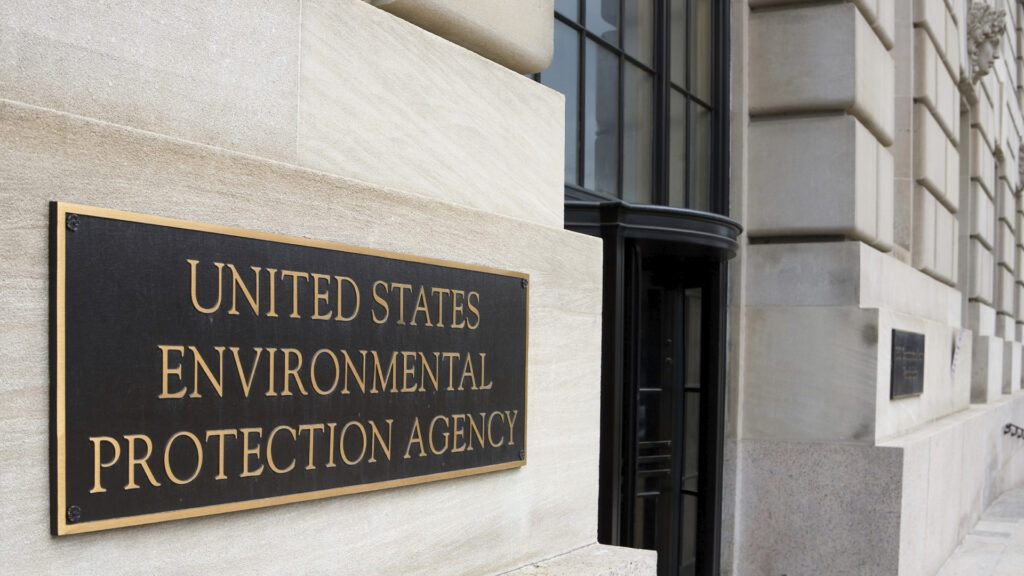EPA recently updated its Toxic Substances Control Act (TSCA) inventory, which lists the chemicals being actively manufactured, processed and imported in the United States.
Let’s take a closer look at this update and what it means for chemical safety and compliance.
The Background
In 2016, President Obama signed the Frank R. Lautenberg Chemical Safety for the 21st Century Act (Lautenberg Act), which represented the first substantive revision of TSCA since it went into effect in 1976. The Act improved TSCA by introducing a mandatory requirement for EPA to evaluate existing chemicals, perform risk-based assessments of newly-manufactured chemicals before they can be introduced into commerce, and provide increased public transparency of chemical information.
The Act also required anyone who has manufactured, processed or imported chemicals within the past ten years to identify and report those chemicals to the EPA, thereby allowing the agency to classify those chemicals as “active” or “inactive” in U.S. commerce. Between August 11, 2017 and October 5, 2018, chemical manufacturers and processors were required to report this information for the ten-year period prior to June 21, 2016.
The Updates
EPA used information submitted during this process, along with notices of commencement received since June 21, 2016 and data from the 2012 and 2016 Chemical Data Reporting cycles to update the TSCA inventory. The latest version of the inventory includes an updated commercial activity status field designating chemicals as either “active” or “inactive.”
The data shows that only 40,655 of the 86,228 chemicals (47%) listed in the Inventory are currently active in commerce. Prior to the update, the TSCA inventory showed over 86,000 chemicals as being active and available for commercial production and use.
In a news release, EPA stated that this update will help the agency with its work in prioritizing chemicals, evaluating and addressing risks” by clarifying which chemicals are actually in use. Since the identities of more than 80% of the chemicals in the Inventory are not protected as Confidential Business Information (CBI), the public will have access to most of the updated inventory.
All of the non-confidential chemical data in the inventory is currently available to the public, and EPA provides options for users to download the data in either a CSV format or in a Microsoft Access version.
What’s Next?
The initial deadline for manufacturers, importers and producers to report their chemical production information to EPA may have passed, but obligations have not. Manufacturers and processors are required under TSCA to notify EPA before re-introducing a substance currently identified as inactive on the TSCA inventory into commerce. Manufacturers and processors can notify EPA via Notice of Activity Form B, available on the Agency’s Central Data Exchange (CDX).
Producers of chemicals should be familiar with the chemicals they produce and their status on the updated TSCA inventory to be able to comply with the new regulatory obligations under TSCA.
Let VelocityEHS Help
Our award-winning SDS/Chemical Management capabilities within the VelocityEHS Safety Solution help you achieve a higher visibility over your chemical inventory, and give you 24/7 mobile right-to-know access to the industry’s leading database of more than 14 million manufacturer-original SDSs.
VelocityEHS also offers a comprehensive suite of compliance services to help you take the guesswork out of hazard communication. Our expert SDS Authoring and Regulatory Consulting Services including SDS Translation, Confidential Business Information (CBI)/Trade Secret Claim Support, and SDS Compliance Check will help you rest assured that your SDSs and other hazard communication information is up-to-date and 100% in compliance. It’s why more than 14,000 customers and 8 Million users worldwide trust VelocityEHS to help them meet their hazard communication requirements and keep their workplaces safe.
